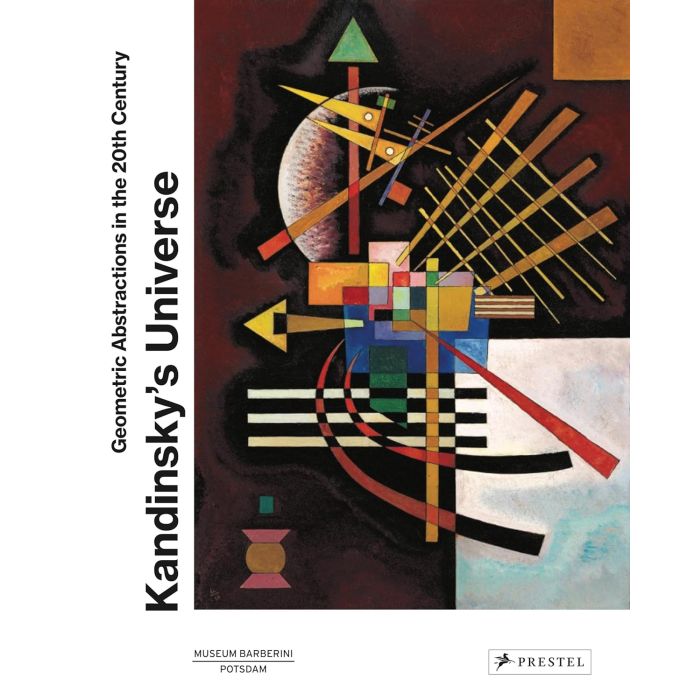My Cart
Your cart is empty
Looks like you haven't made your choice yet.
- Subtotal
Kandinsky’s Universe

Geometric Abstractions in the 20th Century
- Prestel
- by Ortrud Westheider, Michael Philipp
More Information
| Publisher | Prestel |
|---|---|
| ISBN | 9783791377919 |
| Author(s) | by Ortrud Westheider, Michael Philipp |
| Publication date | March 2025 |
| Edition | Hardback |
| Dimensions | 300 x 240 mm |
| Illustrations | 250 col.ill. |
| Pages | 320 |
| Language(s) | English ed. |
Description
Spanning six decades, three continents, and multiple mediums, this exhibition catalog explores one of the most significant and influential artistic movements of the twentieth century.
At the beginning of the twentieth century, painting underwent a profound transformation. Artists no longer wanted to depict the visible; they aspired to a new visual language that reduced artistic expression to an interplay of colors, lines, and shapes; reflected the modern world; and transcended national boundaries. A central figure of this art movement was Wassily Kandinsky, who laid the theoretical foundations with his work Point and Line to Plane.
This lushly illustrated and highly researched volume showcases how Geometric Abstraction found radical expression in all its variations in Europe, the USA and beyond. It features more than one hundred works by over seventy artists, including Josef Albers, Sonia Delaunay, Barbara Hepworth, El Lissitzky, Agnes Martin, Piet Mondrian, Bridget Riley, Frank Stella, and Victor Vasarely.
Essays by leading scholars illuminate the ways these artists were inspired by the advanced technologies and theories of their time, including concepts of the fourth dimension and the space- time continuum. The authors explore the movement through a transnational lens—from Belgium, Germany, and Great Britain, to France, Italy, the Netherlands, Russia, Spain, and the United States; and emphasize the long-neglected role of women in the movement’s advancement. Through its insightful essays and stunning visuals, this volume offers a definitive exploration of how geometric abstraction revolutionized modern art and continues to inspire artists across the globe.
